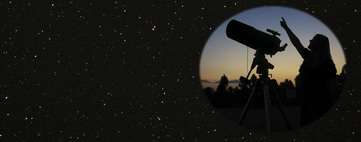At 4.15pm I went outside and looked up and saw this strange cloud front racing in from the southern sky and within minutes it was right overhead. As I looked to the front of the cloud I could see this beautiful cloud shadow produced from the Sun being behind the clouds. When the cloud passed right above me I also saw these strange very dark wispy streaks fanning out from underneath the cloud system. (Not sure what was happening here)
Thunder was now being heard and the whole sky looked very dark and quite menacing indeed. I raced out to the front of my house, which faces east and to the water, and as you can see from my image above the whole sky was just so dark and threatening, everything outside was in a monotone colour…very eerie, then the thunderstorm hit with all its awesome power!
These types of severe thunderstorm clouds are called cumulonimbus and carry the most dangerous weather with them including very strong winds, large hail and torrential rain.
Please see a slideshow below of what happened in our sky in only just 35 minutes!
I also took a short movie with my camera before the storm hit
Just look at how dark it is!
Australian Bureau of Meteorology: What is a severe thunderstorm?
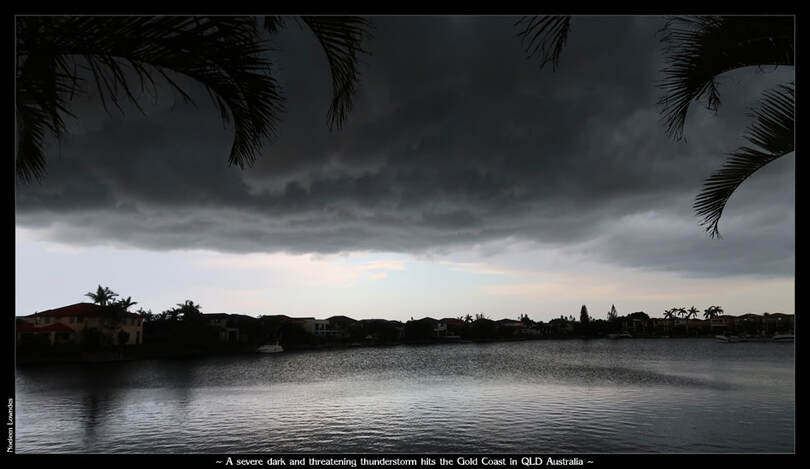
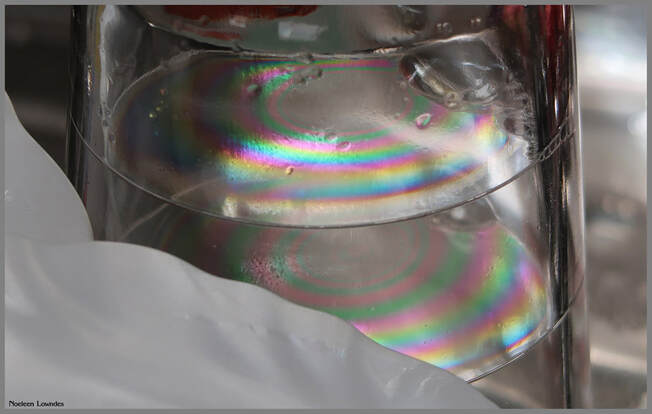
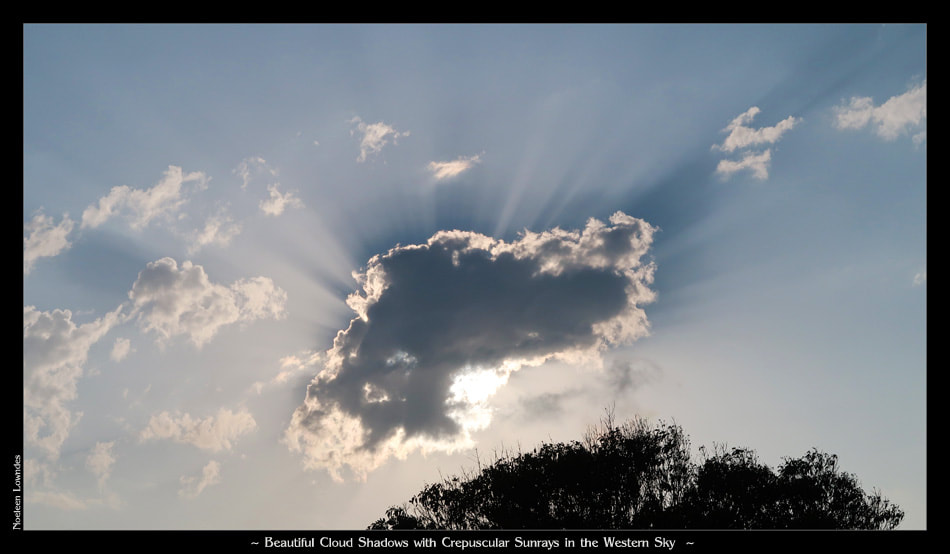
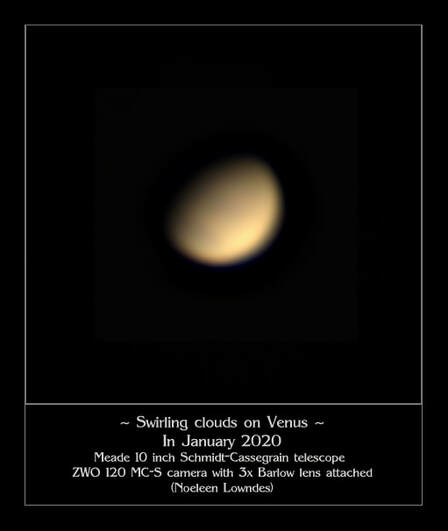
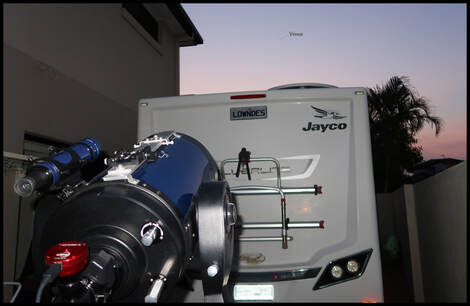
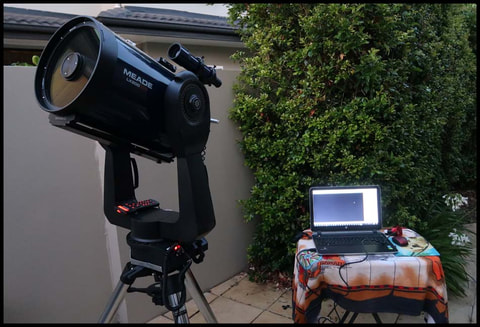
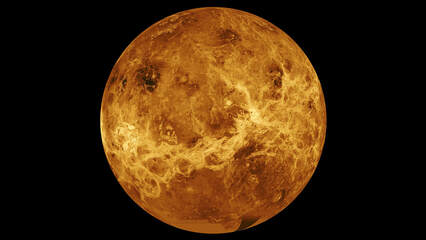
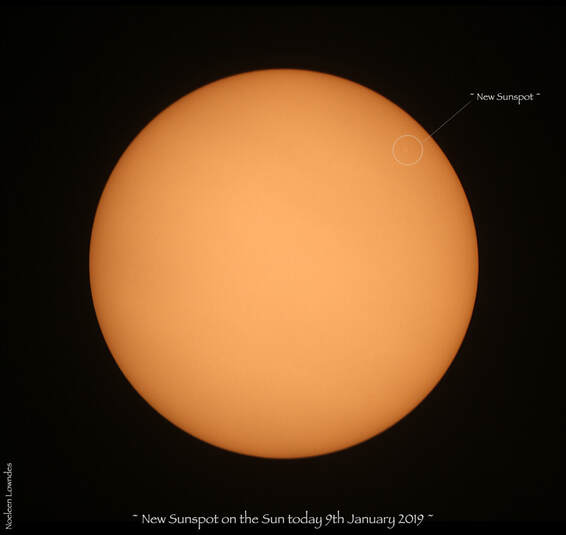
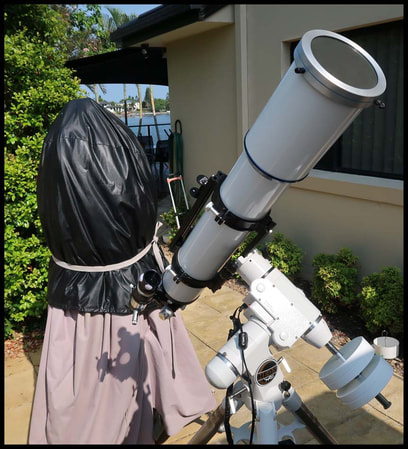
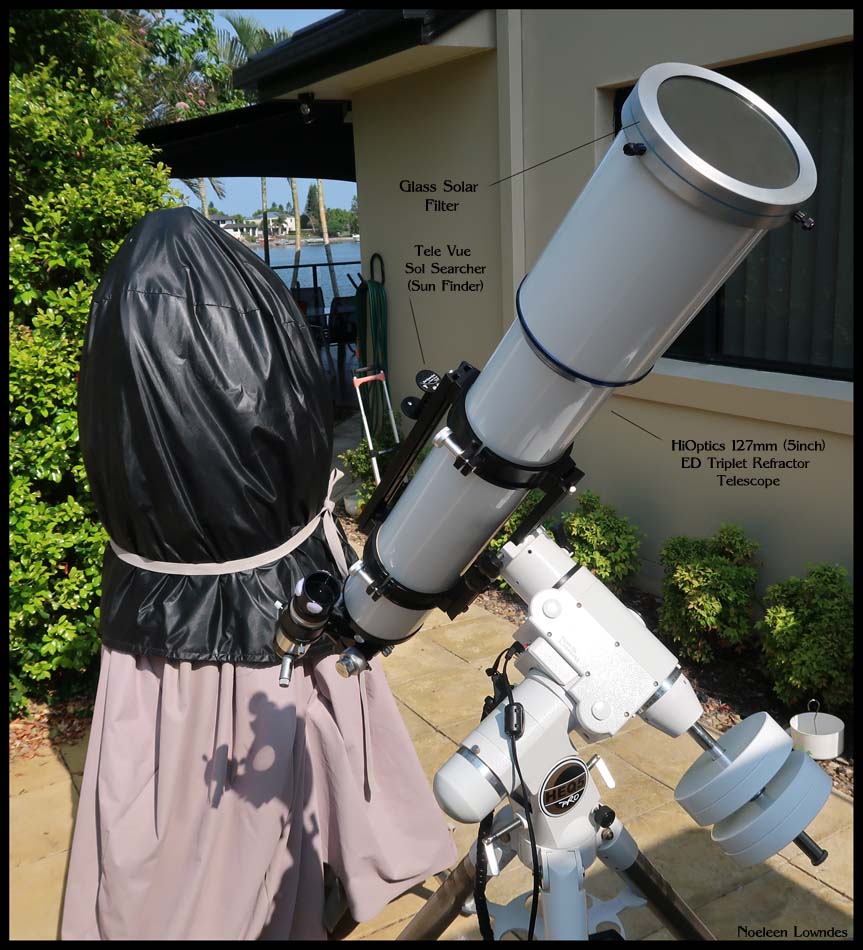

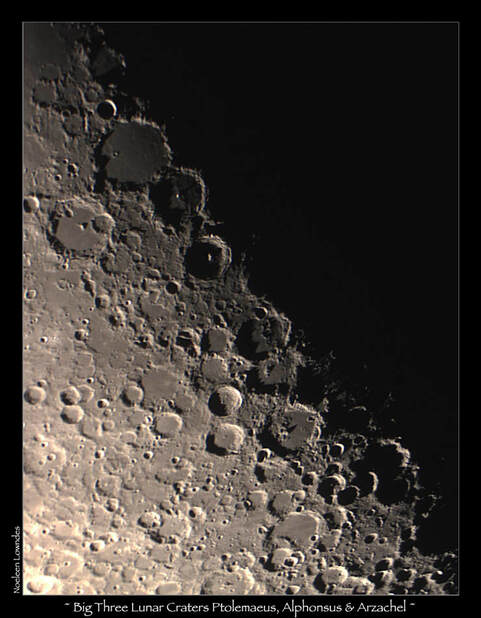
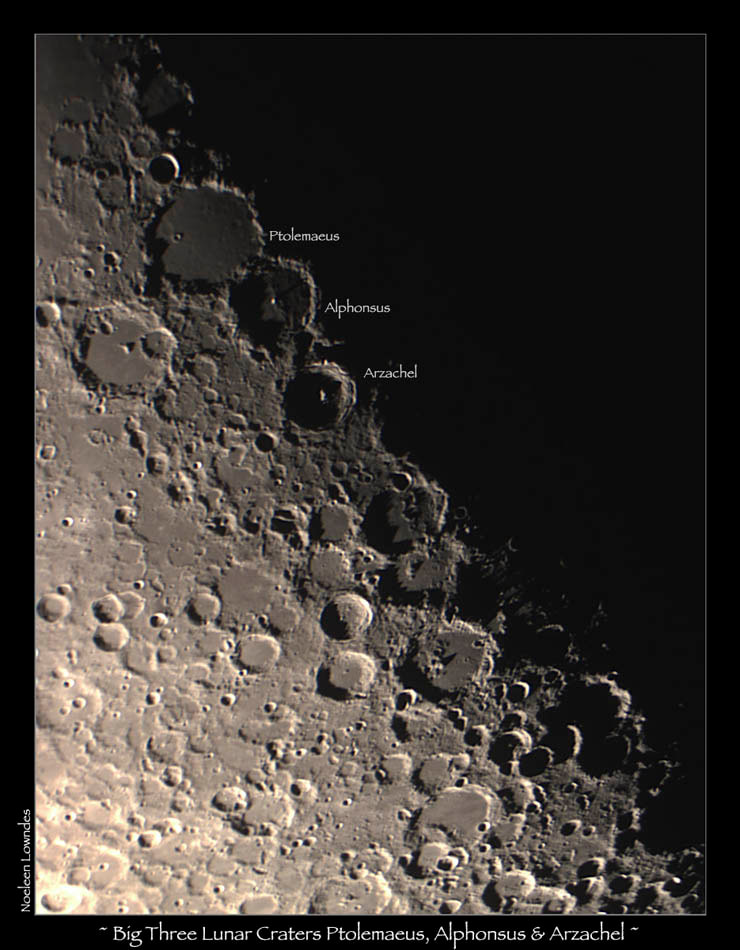
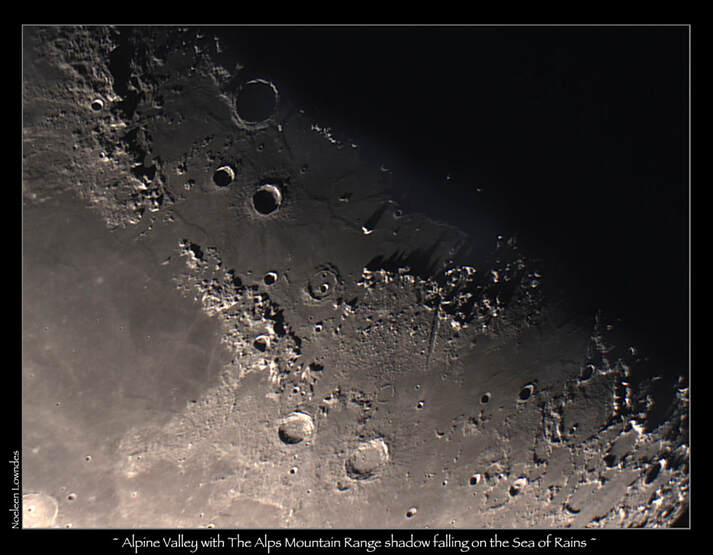
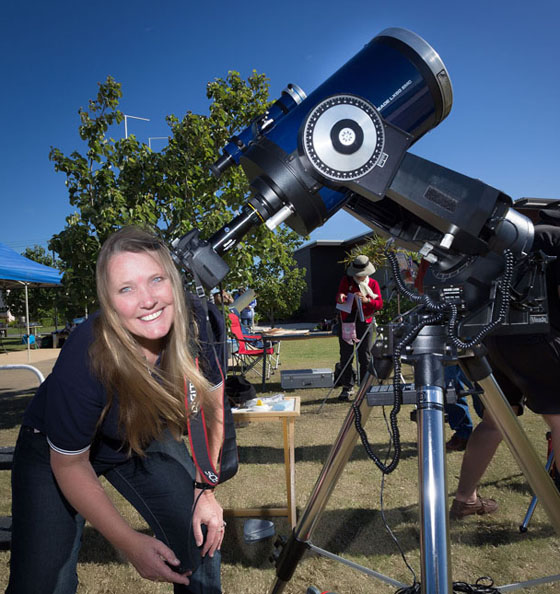
 RSS Feed
RSS Feed
